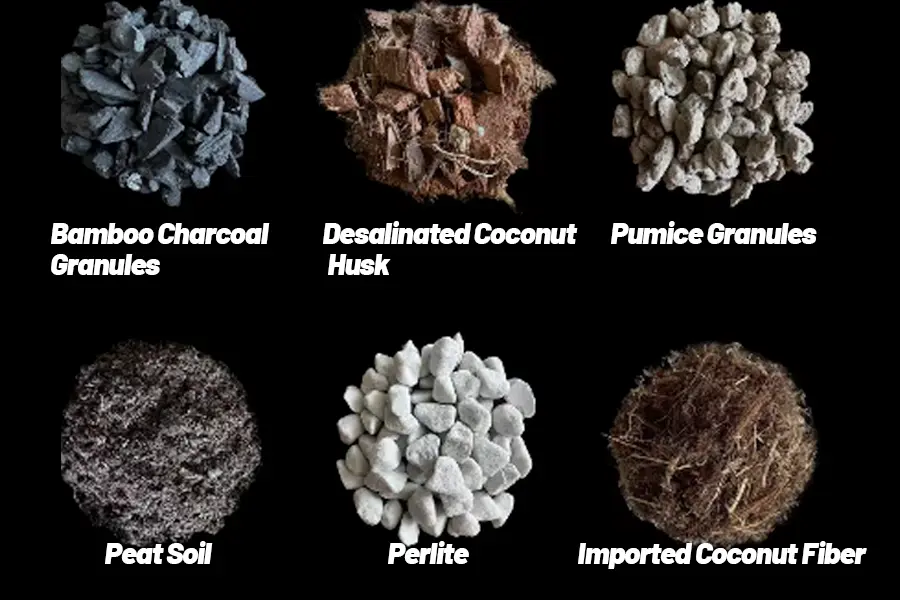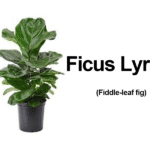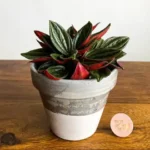Soil mites can be a surprising discovery in your indoor plant collection. Although typically harmless and beneficial in moderation, these tiny pests can rapidly multiply, becoming an unsightly nuisance. This detailed guide covers everything from identifying soil mites to comprehensive natural eradication techniques, backed by practical prevention methods to ensure long-term plant health.
Understanding Soil Mites
Soil mites are microscopic arthropods, related to spiders and ticks, found within potting soil. They play an essential role in the ecosystem of your houseplants by decomposing organic matter, promoting soil aeration, and enhancing nutrient availability. Common types include Oribatid mites, Astigmatid mites, and Prostigmata mites.
Identifying a Soil Mite Infestation
Spotting soil mites can be tricky due to their minuscule size, usually less than 1 mm. Common signs include:
- Tiny white, brown, or grey specks moving rapidly on the soil surface.
- Increased visibility during watering, repotting, or when the soil surface is disturbed.
- Occasional mold or fungus growth indicating excess moisture, attracting mites.
- Mild skin irritation or allergic reactions in highly sensitive individuals (rare occurrences).
How Can You Tell If You Have Soil Mites?
Soil mites are typically visible as tiny specks moving on the soil’s surface, especially noticeable when watering or disturbing the soil. Using a magnifying glass can help confirm their presence due to their microscopic size.
Why Are Soil Mites Present?
Understanding what attracts soil mites helps manage their population effectively. Factors contributing to soil mite infestations include:
- Excessive moisture and poor soil drainage.
- High organic matter content, such as decaying leaves and compost.
- Overcrowded plants with poor airflow and ventilation.
- Infrequent cleaning and maintenance practices.
Comprehensive Natural Solutions to Eliminate Soil Mites
1. Moisture Control
Excess moisture is a primary attraction for soil mites.
Steps to control moisture:
- Reduce watering frequency.
- Allow soil to dry significantly between waterings.
- Enhance soil drainage using perlite, vermiculite, or coarse sand.
2. Neem Oil Treatment
Neem oil, extracted from neem tree seeds, is a potent natural pesticide.
Preparation and application:
- Mix 1-2 teaspoons of neem oil with a few drops of mild dish soap into one liter of water.
- Spray generously over the soil surface and plant base.
- Repeat every 7-10 days until mites vanish.
3. Diatomaceous Earth (DE)
DE is a naturally occurring silica powder, highly effective against mites by dehydrating their exoskeletons.
Safe application tips:
- Lightly dust DE onto the soil surface and mix gently.
- Always wear a mask and gloves to prevent inhalation and skin irritation.
- Reapply after watering as needed.
4. Essential Oils
Essential oils, such as peppermint, eucalyptus, and lavender, have insect-repellent properties.
Usage instructions:
- Mix 10-15 drops of your chosen essential oil in one liter of water.
- Spray lightly on the soil surface weekly.
- Rotate different oils to prevent mite resistance.
5. Cinnamon Powder
Cinnamon acts as a natural antifungal and pesticide.
How to apply cinnamon:
- Sprinkle a thin, even layer of cinnamon powder directly onto the soil surface.
- Reapply monthly to deter mite populations and control fungal issues.
6. Introducing Beneficial Predators
Predatory mites, such as Hypoaspis miles, naturally control soil mite populations.
Application:
- Introduce predatory mites to your plants according to the recommended supplier guidelines.
- Allow natural predation to reduce soil mite numbers significantly.
7. Repotting with Sterile Soil
In severe infestations, repotting becomes necessary.
Effective repotting method:
- Remove the plant from the current pot carefully.
- Gently shake and rinse roots to remove old soil and mites.
- Repot in fresh, sterile potting soil.
- Ensure thorough sanitation of pots before reuse.
Frequently Asked Questions (FAQs)
Are Soil Mites Bad for Indoor Plants?
Soil mites are generally not harmful; they help break down organic matter, improving soil health. However, large populations may indicate underlying issues like overwatering or poor soil conditions that could indirectly harm plants.
Do Soil Mites Go Away on Their Own?
Soil mites typically persist if conditions remain favorable. Improving watering habits, soil drainage, and general plant hygiene will naturally reduce and potentially eliminate soil mites over time.
What Is the Lifespan of Soil Mites?
The average lifespan of soil mites is approximately 2-4 weeks. They reproduce rapidly under optimal conditions, maintaining stable or increasing populations unless actively managed.
Soil Mites vs. Spider Mites
Soil mites and spider mites are different pests. Soil mites live in soil and feed on decomposing organic matter, rarely damaging plants. Spider mites infest leaves and stems, sucking plant juices, causing significant plant damage, discoloration, and leaf drop.
Can Soil Mites Infest Your House?
Soil mites rarely infest homes as they prefer the moist conditions and organic matter in plant pots. They typically stay confined to soil environments and do not colonize furniture or household areas.
Long-Term Prevention Strategies
- Regular Inspections: Check your plants weekly for signs of infestation and address any issues promptly.
- Soil Management: Always use sterile, high-quality potting soil when repotting or adding new plants.
- Proper Watering Practices: Avoid overwatering and ensure pots have adequate drainage holes.
- Good Air Circulation: Space plants appropriately to promote airflow, reducing humidity and pest attraction.
- Sanitation: Regularly remove fallen leaves, debris, and other organic matter that may attract mites.

Best Houseplant Soil Mix Recipe to prevent soil mites
Creating the ideal soil mix can significantly reduce the chance of soil mite infestations by promoting better drainage and preventing moisture retention.
Recommended Houseplant Soil Mix Recipe:
- 40% peat moss or coconut coir
- 30% perlite or pumice (for improved drainage)
- 20% compost or worm castings (to provide nutrients)
- 10% coarse sand or horticultural charcoal (optional for extra aeration)
Instructions:
- Combine all ingredients thoroughly.
- Ensure the mixture is evenly moist but not soggy.
- Use immediately or store in a dry, airtight container.
Long-Term Prevention Strategies
- Regular Inspections: Check your plants weekly for signs of infestation and address any issues promptly.
- Soil Management: Always use sterile, high-quality potting soil when repotting or adding new plants.
- Proper Watering Practices: Avoid overwatering and ensure pots have adequate drainage holes.
- Good Air Circulation: Space plants appropriately to promote airflow, reducing humidity and pest attraction.
- Sanitation: Regularly remove fallen leaves, debris, and other organic matter that may attract mites.
Conclusion
Effectively eliminating soil mites requires addressing underlying conditions that attract them, using natural eradication techniques, and following consistent preventive practices. By understanding their role and managing their environment, you can maintain a balanced ecosystem for healthy and vibrant indoor plants.








